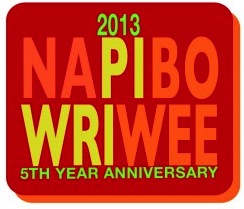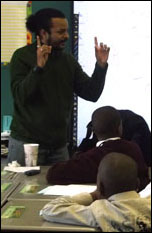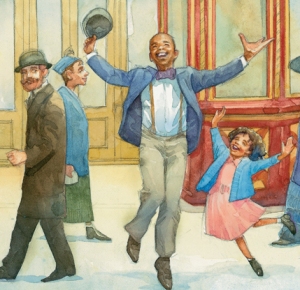 In this guest post, Cat Girl’s Day Off and Sucks to Be Me author Kimberly Pauley offers some advice for authors who want to write
In this guest post, Cat Girl’s Day Off and Sucks to Be Me author Kimberly Pauley offers some advice for authors who want to write ![]() humor. Her books have been called “entertaining, hilarious, and exceptionally creative,” (School Library Journal) and been praised for their “pitch-perfect humor” (Booklist).
humor. Her books have been called “entertaining, hilarious, and exceptionally creative,” (School Library Journal) and been praised for their “pitch-perfect humor” (Booklist).
My son is five and he’s (obviously) a boy. That means he finds slapstick humor absolutely jaw-droppingly hilarious. Tom and Jerry make him laugh so hard that he will literally fall out of his chair. My husband has (mostly) outgrown that style of humor, however, and tends to laugh at more intellectual Eddie Izzard-style jokes. That’s the great thing about humor-it’s not all one-size-fits all. Different things make different people laugh. So how do you write a funny story to appeal to more than just yourself?



 In light of our grant from
In light of our grant from 



